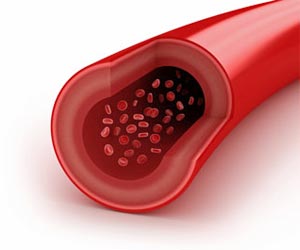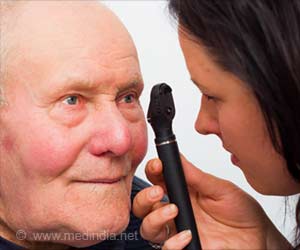The new blood vessels could help address a critical gap in medicine - the pressing need for safe and effective materials that can replace injured human blood vessels.

‘The new blood vessels could help address a critical gap in medicine - the pressing need for safe and effective materials that can replace injured human blood vessels. ’





Other approaches such as taking blood vessels from human donors or from animals face pitfalls due to limited availability and preservation techniques that impair the integrity of the tissue. To overcome these obstacles, Robert Kirkton and colleagues performed the most extensive microscopic analysis of engineered human tissue to date and used tissue engineering techniques to design bioengineered human acellular vessels (HAVs). Specifically, they seeded human vascular cells onto a biodegradable scaffold and housed them in a bioreactor system to help grow the tissue. After eight weeks of incubation, the researchers removed cellular material from the HAVs, leaving behind acellular vessels with strong mechanical and structural integrity. The scientists implanted the HAVs as access points into 60 patients with end-stage kidney failure undergoing treatment with hemodialysis, an invasive procedure that requires access to healthy blood vessels. Analysis of 16 HAV tissue samples taken from 13 subjects from 16 to 200 weeks after implantation showed that the vessels became populated with the patients' own cells and microvasculature over time. These results demonstrate that the HAVs transitioned from structures that did not contain cells into functional, multilayered tissue capable of blood transport, effectively becoming the patients' own blood vessels.
Source-Eurekalert













